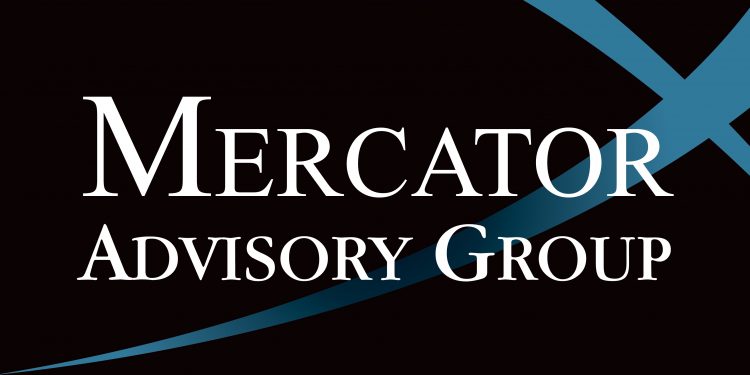BOSTON, MA – September 21, 2021
Recent research from Mercator Advisory Group finds that asset-backed securitizations (ABS) continue to rely heavily on the FICO® Score, as a risk and opportunity metric used to indicate credit quality in capital markets. The Mercator study found that the score was a critical indicator for lenders in eight collateral classes: Auto Finance (prime and subprime), Auto Leasing, Consumer Finance, Credit Cards, Motorcycle Finance, Student Loans, and Timeshares.
Just as U.S. regulators acted speedily to keep credit flowing and ensure investor confidence with Term Asset-Backed Securities Loan Facility (TALF) as the COVID crisis took hold, lenders continued to use FICO® Score when they brought Asset Backed Securitizations to Wall Street. FICO® Score usage remained well above 95%, even as ABS markets waned during the global pandemic.
“Regulators wanted to instill confidence with their reprise of the TALF, and it is evident that the revised 2008 Great Recession program achieved its intended result,” says Brian Riley, Director of Credit Advisory Services at Mercator Advisory Group. “But a proof point on the FICO® Score is that investors continued to rely on the metric because the indicator is consistent, predictable, and reliable.”
Riley noted, “During 2019, we observed one subprime auto lender testing an alternative method to address the unscored market, but in 2020 they returned to the FICO® Score because the shift brought no demonstrable benefit. This is a reason that many fintechs use the FICO® Score even if they have their own internal custom scoring models. Custom models can be an asset, but when investors extend credit, they must also look at the risk profile in a consistent and reliable fashion.
FICO® Scores are used throughout the credit lifecycle, from acquisitions, to application screening, and credit management. One reason that the score plays such an important role in the ABS process is that it is a risk management metric, used everywhere throughout the payment function. Lenders understand what the score means and know it is predictable across consumer collateral classes.
Mercator Advisory Group reviewed every securitization filing in eight asset classes in the U.S. between 2016 and 2021 to examine FICO® Score usage. In the most recent period, covering 1Q2020 through 2Q2021, more than $150 billion in receivables were placed into the market.











